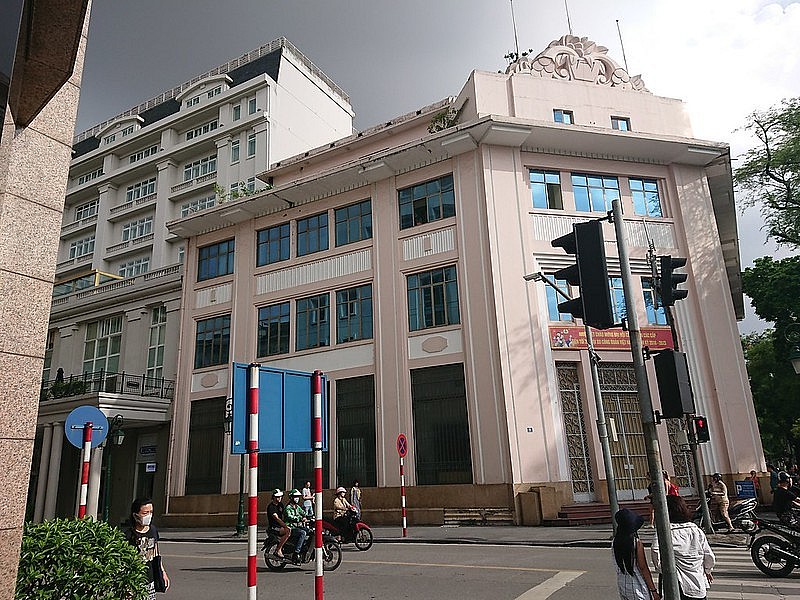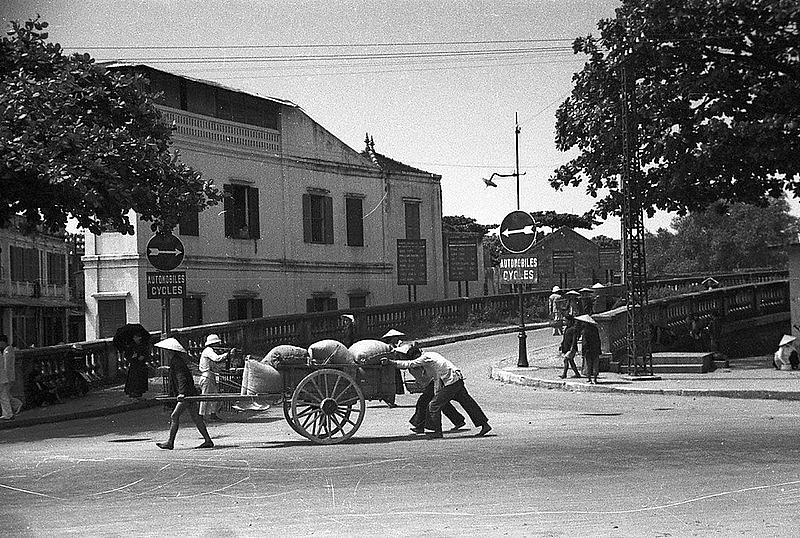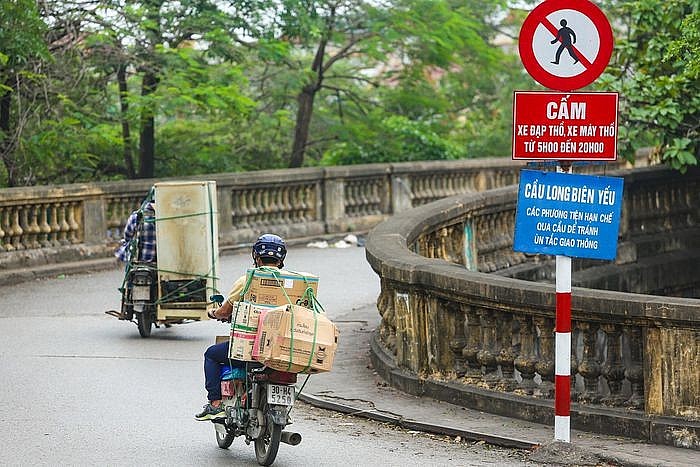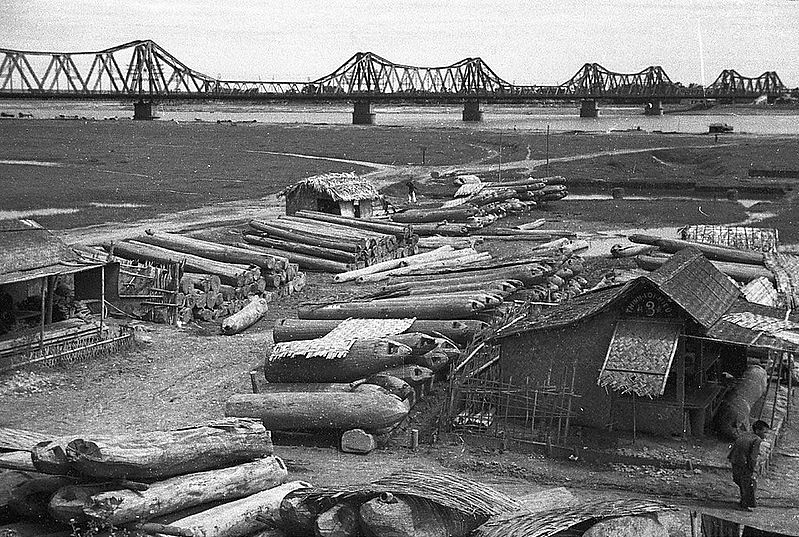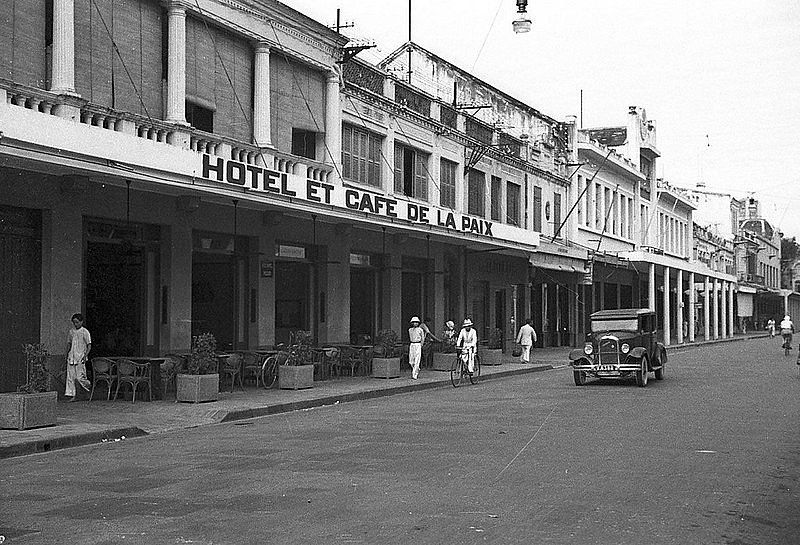A look at how historical sites in Hanoi have changed since the August Revolution of Autumn 1945.
President Ho Chi Minh reads the Declaration of Independence on September 2, 1945, at Ba Dinh Square, to establish the Democratic Republic of Vietnam, now the Socialist Republic of Vietnam, marking the victory of the August Revolution. (Photo: Archives)
Ba Dinh Square, the largest square in Vietnam, is now a top tourist attraction in Hanoi. (Photo: VNA)
A rally takes place at the square in front of the Opera House in Hanoi, August 19, 1945. The demonstrators were then divided into groups to conduct the general uprising in the entire city. (Photo: Archives).
The August Revolution Square, located in front of the Opera House, now belongs to Trang Tien ward, Hoan Kiem district. (Photo: VNA)
The rally then turned into a huge demonstration on Hanoi streets. In the photo: Demonstrators line Paul Bert, now Trang Tien, one of the most beautiful streets in Hanoi. (Photo: Archives)
Paul Bert is now Trang Tien street - one of the most beautiful streets in the city. (Photo: VNA)
The Vietnamese people go on a march and occupy the Residential Palace of the Tonkin Governor, now the Government Guesthouse, on August 19, 1945. (Photo: Archives)
Residential Palace of the Tonkin Governor, located at No.12 Ngo Quyen Street, is now the Government Guesthouse. (Photo: VNA)
Chuong Vang Theater - the Golden Bell, located at the corner of Ta Hien and Hang Bac, is the home of Vietnamese cai luong, a form of modern folk opera. In 1940, it was known as Cinema Trung Quoc, or China Cinema. (Photo by Harrison Forman, via Flickr/manhhai)
Chuong Vang Theater is now named Hanoi Cai Luong Theater. (Photo: Flickr/manhhai)
There used to be a tramway running down the middle of Hang Dao Street, but it was removed in 1990, according to VN Express. (Photo by Harrison Forman, via Flickr/manhhai)
Hang Dao street in modern days. (Photo: VOV)
Banque Franco-Chinoise, or the French-Chinese bank, was influenced by art-deco architecture was very popular in Tonkin at the time. (Photo by Harrison Forman, via Flickr/manhhai)
The building, located on the intersection of Trang Tien and Ngo Quyen street, is now used as an office by the Vietnam Department of Industry and Trade, according to VN Express. (Photo: Flickr/manhhai)
The entrance to Long Bien Bridge has not changed much since the 10940s. (Photo by Harrison Forman, via Flickr/manhhai)
Entrance to Long Bien bridge nowadays. (Photo: Binh Dinh)
Long Bien Bridge, which used to be called Paul Doumer Bridge, was built between 1899 - 1902. (Photo by Harrison Forman, via Flickr/manhhai)
The space under the bridge has become a vast green lawn. (Photo: Hanoi Government)
Trang Tien Street was known as Rue Paul Bert during the French colonial times. Hotel de la Paix at 33-35 Rue Paul Bert has been replaced by a range of stores and restaurants. (Photo by Harrison Forman, via Flickr/manhhai)
Hanoi's iconic Trang Tien ice cream store on Trang Tien street. (Photo: CafeF)
" "
Valerie Mai


